
197 posts
(. Hymenopus Coronatus).



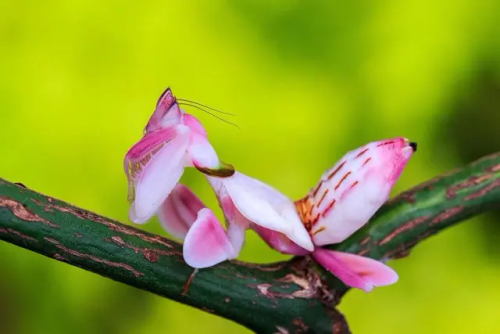
























Орхидейный богомол (лат. Hymenopus coronatus).
Орхидейный богомол – красивое и необычное насекомое, которое получило название из-за сходства с орхидеей. Лапки этого уникального хищного насекомого разложены в виде лепестков. «Маскировка» под орхидею помогает богомолам защищаться от хищных врагов и охотиться на добычу самостоятельно и незаметно. Подвиды богомолов орхидей преимущественно имеют белые тона расцветки тела. Цвета отображаются в основном в оттенке от белого до светло-розового. В зависимости от типа и местности обитания, орхидейный богомол может менять цвет. А также его цвет зависит от того на каком этапе жизни находится богомол. Для сходства с цветами в процессе эволюции самки орхидейного богомола становились всё ярче и больше.
Зоологами выделено до 14 видов орхидей, под которые может удачно замаскироваться богомол. Розовые орхидейные богомолы выглядят и ведут себя как цветы . Они цепляются за ветки и раскачиваются взад и вперёд, имитируя потоки ветра. Насекомых, привлечённых фальшивыми лепестками, быстро ловят и съедают.Удивительно, но самцы обладают способностью летать. Богомолы, похожие на орхидею, населяют влажные тропические леса. Страны, где их наибольшее количество – Малайзия, Индия, Тайланд, Вьетнам. Многие виды проживают на африканском континенте.
Orchid mantis (lat. Hymenopus coronatus).
The orchid mantis is a beautiful and unusual insect, which received its name because of its resemblance to an orchid. The legs of this unique predatory insect are arranged in the form of petals. “Disguising” as an orchid helps praying mantises defend themselves from predatory enemies and hunt prey independently and unnoticed. Subspecies of mantis orchids predominantly have white body colors. Colors appear primarily in shades ranging from white to light pink. Depending on the type and location of its habitat, the orchid mantis can change color. And also its color depends on what stage of life the mantis is at. To resemble flowers, during the process of evolution, female orchid mantises became brighter and larger.
Zoologists have identified up to 14 species of orchids that a praying mantis can successfully disguise itself as. Pink orchid mantises look and act like flowers. They cling to branches and sway back and forth, imitating wind currents. Insects attracted by the false petals are quickly caught and eaten. Surprisingly, the males have the ability to fly. Orchid-like praying mantises inhabit tropical rainforests. The countries where they have the largest number are Malaysia, India, Thailand, Vietnam. Many species live on the African continent.
Источник:/herbgid.ru/tsvety/orhidejnyj-bogomol, /dzen.ru/a/ZW9MM8j3YnPMFVTk,/dzen.ru/a/XpgkjGOgdjbMvLfv, //ianimal.ru/topics/orkhidejjnyjj-bogomol, www.livemaster.ru/topic/2567791 - orhidejnyj-bogomol-hymenopus-coronatus, //celes.club/124-orhidejnyj-bogomol.html, /dzen.ru/a/YubT3boy5jb-yNje, /elementy.ru/kartinka_dnya/539/Orkhideynyy_bogomol.
-
 carol-the-cat reblogged this · 6 months ago
carol-the-cat reblogged this · 6 months ago -
 electroplater liked this · 6 months ago
electroplater liked this · 6 months ago -
 thesensorian liked this · 7 months ago
thesensorian liked this · 7 months ago -
 theehga liked this · 7 months ago
theehga liked this · 7 months ago -
 ytumamatambien2001 liked this · 7 months ago
ytumamatambien2001 liked this · 7 months ago -
 autisticsilverwingedmoth liked this · 7 months ago
autisticsilverwingedmoth liked this · 7 months ago -
 navybluetriangles liked this · 7 months ago
navybluetriangles liked this · 7 months ago -
 extragalaxtic-cosmos reblogged this · 7 months ago
extragalaxtic-cosmos reblogged this · 7 months ago -
 extragalaxtic-cosmos liked this · 7 months ago
extragalaxtic-cosmos liked this · 7 months ago -
 navybluetriangles reblogged this · 7 months ago
navybluetriangles reblogged this · 7 months ago -
 ikforkick reblogged this · 7 months ago
ikforkick reblogged this · 7 months ago -
 scooby-doo-exploration liked this · 8 months ago
scooby-doo-exploration liked this · 8 months ago -
 new-lonewilson reblogged this · 8 months ago
new-lonewilson reblogged this · 8 months ago -
 new-lonewilson liked this · 8 months ago
new-lonewilson liked this · 8 months ago -
 fractal888 liked this · 8 months ago
fractal888 liked this · 8 months ago -
 pastel-kaleesh liked this · 8 months ago
pastel-kaleesh liked this · 8 months ago -
 ellebellelle reblogged this · 8 months ago
ellebellelle reblogged this · 8 months ago -
 ellebellelle liked this · 8 months ago
ellebellelle liked this · 8 months ago -
 phantomofthering liked this · 9 months ago
phantomofthering liked this · 9 months ago -
 vlado liked this · 9 months ago
vlado liked this · 9 months ago -
 foob-r liked this · 9 months ago
foob-r liked this · 9 months ago -
 whyisthecookieshaking liked this · 9 months ago
whyisthecookieshaking liked this · 9 months ago -
 aranerolo liked this · 9 months ago
aranerolo liked this · 9 months ago -
 kojj liked this · 9 months ago
kojj liked this · 9 months ago -
 linalayanhd liked this · 9 months ago
linalayanhd liked this · 9 months ago -
 myoacer reblogged this · 9 months ago
myoacer reblogged this · 9 months ago -
 myoacer liked this · 9 months ago
myoacer liked this · 9 months ago -
 bear-pattern-hamster liked this · 9 months ago
bear-pattern-hamster liked this · 9 months ago -
 famousinuniverse liked this · 9 months ago
famousinuniverse liked this · 9 months ago -
 anaftlxpt liked this · 9 months ago
anaftlxpt liked this · 9 months ago -
 highkeyhyuse liked this · 9 months ago
highkeyhyuse liked this · 9 months ago -
 draddraia liked this · 9 months ago
draddraia liked this · 9 months ago -
 singlerower liked this · 9 months ago
singlerower liked this · 9 months ago -
 wilmerots liked this · 10 months ago
wilmerots liked this · 10 months ago -
 instantkidfan liked this · 10 months ago
instantkidfan liked this · 10 months ago -
 enchantinggardendreamland reblogged this · 10 months ago
enchantinggardendreamland reblogged this · 10 months ago -
 enchantinggardendreamland liked this · 10 months ago
enchantinggardendreamland liked this · 10 months ago -
 gravesilks liked this · 10 months ago
gravesilks liked this · 10 months ago -
 digital-media-enthusiast liked this · 10 months ago
digital-media-enthusiast liked this · 10 months ago -
 scentedsublimeduck liked this · 10 months ago
scentedsublimeduck liked this · 10 months ago -
 emaadsidiki liked this · 10 months ago
emaadsidiki liked this · 10 months ago
More Posts from Vestaignis
Ручей в лесной чаще. A stream in the forest.

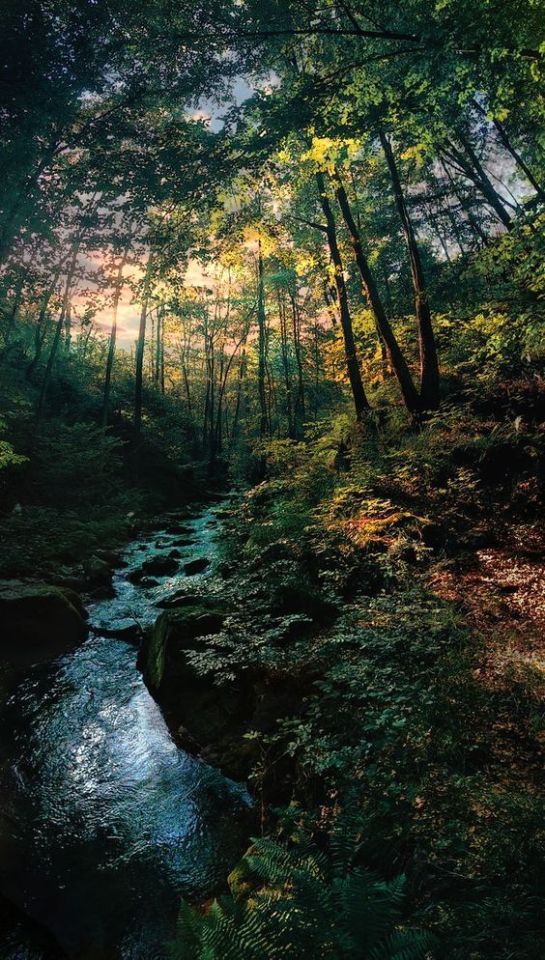
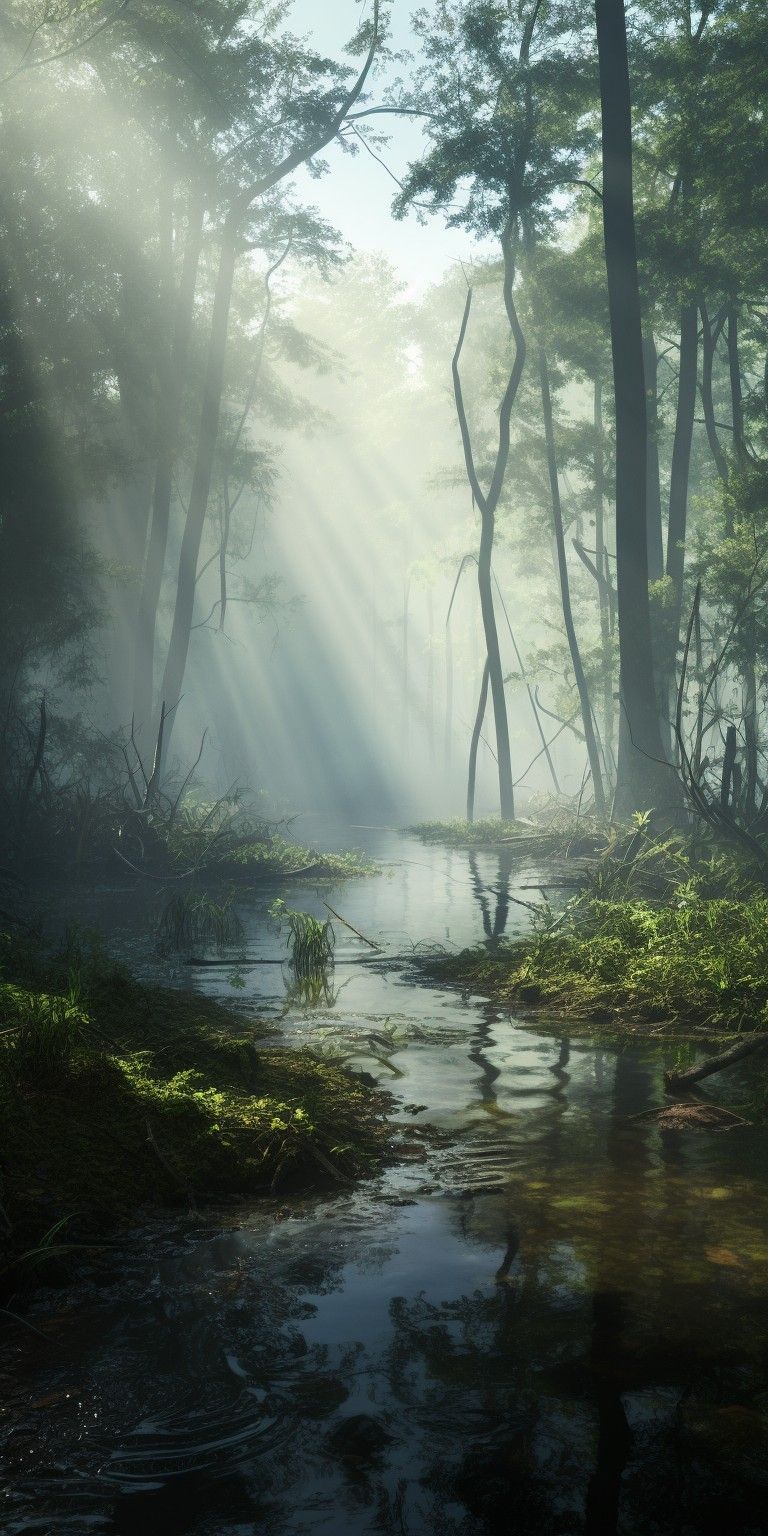






Источник::https://t.me/+fxNu20lM26MwYzhi,https://i.pinimg.com/564x/f7/a1/25/f7a12575fee62127bfec805ad3150097.jpg,https://ru.pinterest.com/pin/10625749113102409/,https://on-desktop.com/ru/priroda/les /66530-oboi-lesnoy-ruchey.html/16, //ru.pinterest.com/.


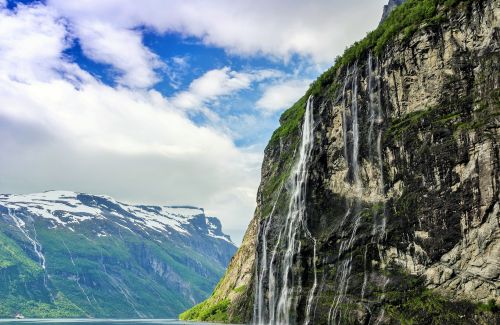
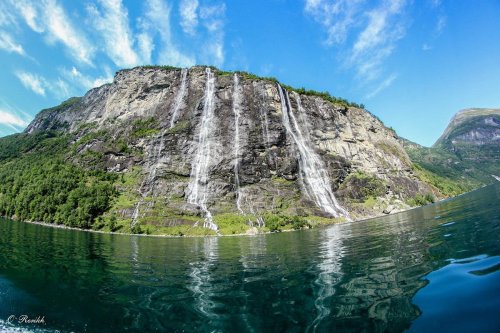
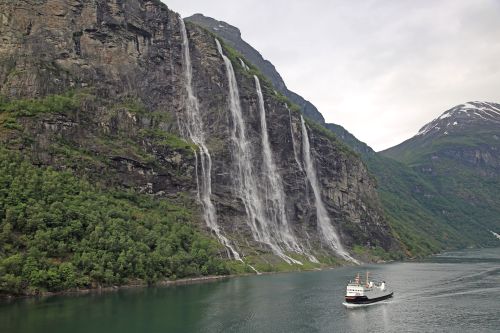







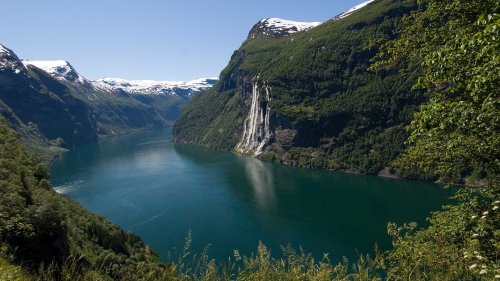


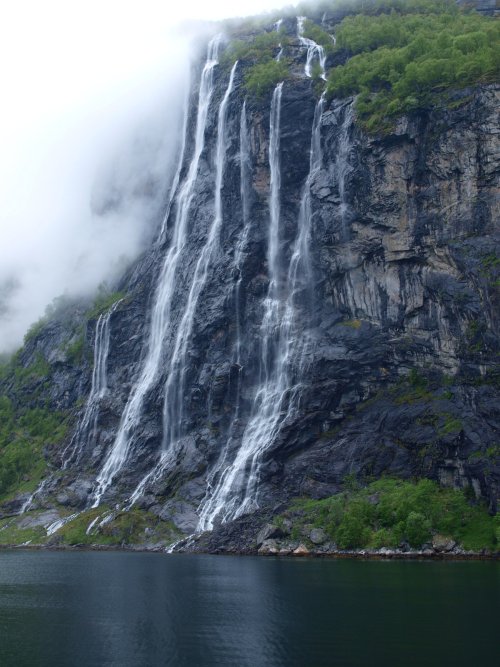


Знаменитый водопад «7 сестер» украшает левый берег Гейрангер-фьорда — живописного объекта наследия ЮНЕСКО. В период таяния снегов семь мощных потоков низвергаются с отвесной скалы и закрывают горные уступы, словно струящиеся девичьи локоны. Во время сильных дождей к основным струям добавляется несколько ручейков, а зимой вода замерзает и покрывает крутой берег извилистыми ледяными лентами.
В рейтинге самых высоких водопадов Норвегии «Семь сестер» занимает 59 строчку. «Старшая» сестра низвергается в залив с 410-метровой вершины, а все 7 потоков «встречаются» на высоте 250 метров и закрывают собой участок скалы шириной 223 метра. «Семь сестер» — хоть и не самый высокий, но, несомненно, один из самых красивых водопадов Норвегии. Фотографировать водопад лучше в мае—июне — когда потоки еще полноводны.
The famous waterfall "7 Sisters" adorns the left bank of Geiranger Fjord, a picturesque UNESCO heritage site. During the melting of the snows, seven powerful streams descend from a sheer cliff and cover the mountain ledges, like flowing girlish curls. During heavy rains, several streams are added to the main streams, and in winter the water freezes and covers the steep bank with winding ice ribbons.
Seven Sisters is ranked 59th in the ranking of the highest waterfalls in Norway. The "elder" sister plunges into the bay from a 410-meter peak, and all 7 streams "meet" at an altitude of 250 meters and cover a 223-meter-wide section of rock. "Seven Sisters" is not the highest, but undoubtedly one of the most beautiful waterfalls in Norway. It is better to photograph the waterfall in May—June — when the streams are still full.
Источник://t.me/bestplacesontheplanet,//www.tripadvisor.ru/Attraction_Review-g642196-d1755263-Reviews-Seven_Sisters-Geiranger_Stranda_More_og_Romsdal_Western_Norway.html, /www.tourister.ru/world/europe/norway/city/geiranger/waterfall/35257#gde-nahoditsya, ru.wallpaper.mob.org/pc/image/earth-seven_sisters_waterfall_norway-347833.html,://www.fotosselect.ru/10-amazing-places-to-see-in-your-lifetime/olympus-digital-camera/, /kotsport.ru/vodopad-sem-sester-norvegiya,/kartinki.pics/pics/15869-vodopad-sem-sester-norvegija.html.


















На территории мексиканских штатов Мичоакан и Мехико расположен Биосферный заповедник Марипоса-Монарка, который известен тем, что в нём зимуют бабочки вида Данаида монарх, считающиеся одним из красивейших насекомых планеты. Находящийся на высоте около 3 тыс м природоохранный комплекс был создан в 1980-м году указом президента Мексики Хосе Лопеса Портильо специально для сохранения Danaus plexippus и с конца октября по март здесь дожидаются тепла и размножаются от 60 млн до миллиарда этих насекомых. Монархи — единственные из бабочек, которые каждый год совершают длительные перелёты с севера на юг и в обратном направлении, но ни одна из бабочек не преодолевает весь путь целиком — продолжительность жизни насекомых составляет от двух до семи месяцев, так что с севера на юг летит одно поколение, а в другую сторону — уже следующее.
Лучшее время для посещения Биосферного заповедника бабочки монарх – с конца января до середины марта, т.к. до середины января из-за низких температур бабочки почти все время находятся в полу спящем состоянии, укутывая красочным ковром деревья и кустарник.
The Mariposa Monarch Biosphere Reserve is located on the territory of the Mexican states of Michoacan and Mexico City, which is known for the fact that butterflies of the species Danaida Monarch, considered one of the most beautiful insects of the planet, winter there. Located at an altitude of about 3 thousand meters, the nature conservation complex was created in 1980 by decree of Mexican President Jose Lopez Portillo specifically to preserve Danaus plexippus and from the end of October to March, 60 million to a billion of these insects wait for warmth and reproduce here. Monarchs are the only butterflies that make long flights from north to south and in the opposite direction every year, but none of the butterflies cover the entire path entirely — the lifespan of insects is from two to seven months, so one generation flies from north to south, and the next one flies the other way.
The best time to visit the Monarch Butterfly Biosphere Reserve is from the end of January to mid–March, because until mid-January, due to low temperatures, butterflies are almost always in a semi-dormant state, wrapping trees and shrubs with a colorful carpet.
Источник: t.me/+HLoqW4OcT5VjZjM6, //ru-travel. livejournal.com /30070394.html, //www.factroom.ru/facts/54342/, //animals.pibig.info /8445-dolina-babochek.html, /primetravel.com.mx/туристические-направления-мексики/рег-центральная-мексика/заповедник бабочкимонарх, //dzen.ru/a/Y2FeI2N9E0IxkUX3.
Перевернутая медуза-Кассиопея Андромеда. Upside-down jellyfish - Cassiopeia Andromeda.





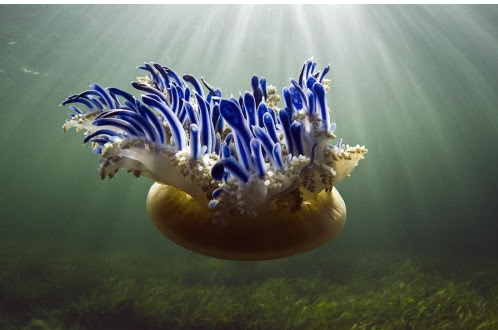








Кассиопея Андромеда – медуза средних размеров( максимальную ширину 30 см) в процессе эволюции перешедшая от свободноплавающего (пелагического) образа жизни к прикрепленному. Скопления Кассиопеи Андромеды можно видеть в теплых водах по всему миру, на мелководье, в защищенных от волн бухтах и лагунах, в мелких заводях и каналах,в мангровых болотах и других подобных местообитаниях. Неискушенные наблюдатели часто принимают этих медуз за актиний .
Эти красивые медузы переворачиваются кверху вниз и плывут на дно, прижимаются к нему желто-коричневый с белыми пятнами куполом и продолжают мягко пульсировать создавая восходящие токи воды. У Кассиопеи Андромеды ветвистые щупальца, иногда довольно яркой синей окраски, но чаще бледно-зеленые или светло-коричневые. Своими вытянутыми щупальцами медузы стараются выловить из потока пропускаемой через себя воды, что-нибудь съедобное . Кассиопея Андромеда питается – зоопланктоном, однако подобно другим кишечнополостным, в тканях они выращивают зооксантелл( симбиотическая водоросль), которым необходим солнечный свет. Эти водоросли поставляют свои излишки пищи медузам, которые ими питаются.
Стрекательными клетками эти медузы тоже не обделены и хоть и не сильно, но могут «ужалить» и человека. Кстати, стрекательные клетки Кассиопея выпускает в виде облачка полупрозрачной слизи, так что взбалтывать воду ластами при погружении рядом с этими медузами крайне не рекомендуется.
Cassiopeia Andromeda is a medium–sized jellyfish (maximum width 30 cm) that has evolved from a free-swimming (pelagic) lifestyle to an attached one. Clusters of Cassiopeia Andromeda can be seen in warm waters around the world, in shallow waters, in sheltered coves and lagoons, in shallow backwaters and channels, in mangrove swamps and other similar habitats. Inexperienced observers often mistake these jellyfish for anemones.
These beautiful jellyfish turn upside down and swim to the bottom, cling to it with a yellow-brown dome with white spots and continue to gently pulsate creating ascending currents of water. Cassiopeia Andromeda has branched tentacles, sometimes quite bright blue in color, but more often pale green or light brown. With their outstretched tentacles, the jellyfish try to catch something edible from the stream of water flowing through them. Cassiopeia Andromeda feeds on zooplankton, but like other coelenterates, they grow zooxanthellae (symbiotic algae) in their tissues, which need sunlight. These algae supply their surplus food to the jellyfish that feed on them.
These jellyfish are also not deprived of stinging cells, and although not much, they can "sting" a person. By the way, Cassiopeia releases stinging cells in the form of a cloud of translucent mucus, so it is highly discouraged to shake the water with flippers when diving next to these jellyfish.
Источник:https://www.youtube.com/watchv=4S9dT2nSYOg&ab_channel=vitaliy6447Kalutskyi,/www.projectnoah.org/spottings/17179815/fullscreen, /www.whatsthatfish.com/fish/upsidedown-jellyfish/2145#8, seaforum.aqualogo.ru/topic/54092-кассиопея-андромеда-cassiopea-androme%C2%ADda/, /rtraveler.ru/photo/337448/, /ok.ru/moychetv/topic/152205231908215, /ru.frwiki.wiki/wiki/Cassiopea, http://www.lensart.ru/picture-pid-6fb7f.htm, /lysmata-shop.ru/meduzyi/meduza-sidyachaya-kassiopeya-6-8-sm#prettyPhoto.











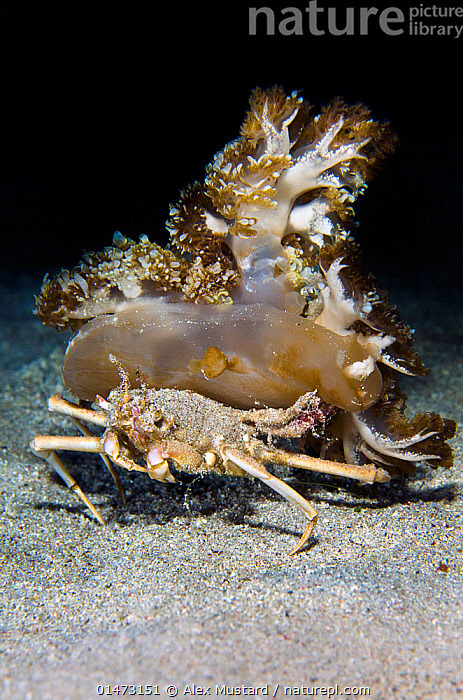
Владелец живой защиты - Краб Дориппе.
Крабы Дориппе считаются относительно древними («примитивными») крабами и относятся к семейству Dromidae. Краб Дориппе чаще всего встречается в Карибском бассейне и прилегающих районах Тихого океана , в частности - возле Панамского канала . Обитает на глубинах от 1 до 15 м, обычно на илистом или илисто–песчаном грунте. Питается различными беспозвоночными, полуразложившимися остатками растений, рыб и других животных.
Размер тела краба Дориппе до 5 см. Первые две пары ходильных ног хорошо развиты и используются для передвижения.Задние ножки Дориппе с эволюцией истончились и скрючились, специально для того, чтобы быстро закидывать на спину все что попадется. За эту привычку его прозвали старьевщиком. Чего только не увидишь на нем – крабы таскают на себе медузу Кассиопею ( и очень часто на этой медузе ,, катаются ,, - потомство этих крабов , - на очень поздней стадии личинки (мегалопа). Также встречаются Дориппе с морскими ежами на панцире. Бывает , что эти крабы защищают себя ракушками моллюсков , которые они используют в качестве щитов. В минуту опасности, краб дориппе подставляет врагу свою спину, чтобы недруг отвлекся на пустышку и дал время быстро покинуть поле боя.
The owner of the living defense is Crab Dorippe.
Dorippe crabs are considered to be relatively ancient (“primitive”) crabs and belong to the family Dromidae. The Dorippe crab is most commonly found in the Caribbean and surrounding areas of the Pacific Ocean, particularly near the Panama Canal. It lives at depths from 1 to 15 m, usually on muddy or muddy-sandy soil. It feeds on various invertebrates, half-decomposed remains of plants, fish and other animals.
The body size of the Dorippe crab is up to 5 cm. The first two pairs of walking legs are well developed and are used for movement. The hind legs of Dorippe have become thinner and curled up with evolution, specifically in order to quickly throw anything that comes across onto its back. For this habit he was nicknamed the ragpicker. You won’t see anything on it - crabs carry the jellyfish Cassiopeia (and very often ride on this jellyfish - the offspring of these crabs - at a very late stage of the larvae (megalope). You can also see Dorippe with sea urchins on its shell. It happens that these crabs protect themselves with mollusk shells, which they use as shields. In a moment of danger, the dorippe crab exposes its back to the enemy so that the enemy is distracted by the dummy and gives time to quickly leave the battlefield.
Источник:https://t.me/+E4YBiErj0A8wOGUy,//ssl.c.photoshelter.com/img-get/I0000WfCNLuEEk1s/s/1200/I0000WfCNLuEEk1s.jpg, /www.alamy.com/stock-photo/dorippe.html?sortBy=relevant, /www.chaloklum-diving.com/marine-life-guide-koh-phangan/crustaceans-phyllum-arthropoda/prawns-shrimps-crustacea/crabs-crustacea/urchin-crab-dorippe-frascone/, /uncovery.net/image-detail/?unc_gallery_id=13714, http://www.fegi.ru/primorye/sea/rak_10_6.htm, /aquastatus.ru/viewtopic.php?t=37858.